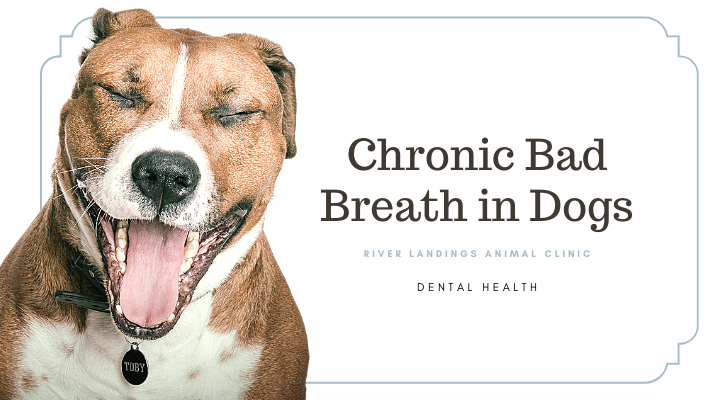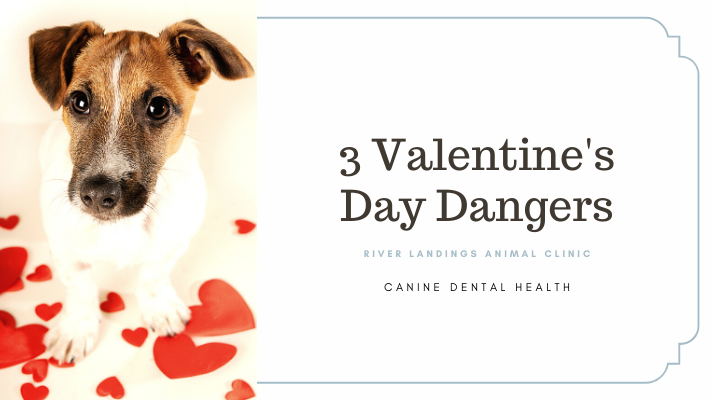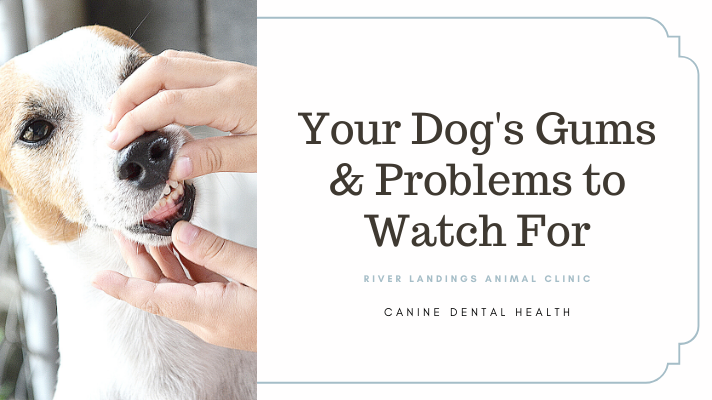Halitosis in Dogs
Halitosis is the medical term used to describe an offensive odor that comes from the mouth, producing bad breath. A number of causes may be responsible for this condition, notably periodontal disease, a disease resulting from bacteria in the mouth. Bacteria is also associated with plaque and cavities.
Small animal breeds and brachycephalic breeds (characterized by their short-nosed, flat-faced features; e.g., the Pug, Boston Terrier, Pekingese) are the most prone to periodontal and other mouth diseases, in large part because their teeth are close together.
Symptoms and Types
In most cases, there are no other symptoms aside from a bad odor emanating from the mouth. If the cause of the odor is a disease of the mouth, other symptoms may become apparent, including pawing at the mouth, inability to eat (anorexia), loose teeth, and excessive drooling, which may or may not have traces of blood.
Causes
A variety of conditions may lead to halitosis, including metabolic disorders such as diabetes mellitus (commonly known as sugar diabetes); respiratory problems such as inflammation of the nose or nasal passages (rhinitis); inflammation of the sinuses (sinusitis); and gastrointestinal problems, such as enlargement of the esophageal tube, the main channel that leads from the throat to the stomach.
Other possible causes of halitosis might be traced to a trauma, like that of an electric cord injury. Viral, bacterial or fungal infections can cause foul odors to emit from within the body, and dietary problems can play a role in the emission of odor as well. For example, if your dog has been eating offensive foods, or is exhibiting a behavior called coprophagia, where it is eating feces, your dog will have correlating foul breath.
Further possibilities are pharyngitis, an inflammation of the throat or pharynx, and tonsillitis, an inflammation of the tonsils. The presence of cancer, or the presence of foreign bodies may also result in disease of the mouth and accompanying bad breath. But, the most notable cause of halitosis is a disease of the mouth such as periodontal disease, which is due to plaque bacteria buildup.
Diagnosis
Diagnostic procedures to evaluate periodontal disease as the most likely cause of halitosis include X-rays of the inside of the mouth, and an examination of the mouth for characteristics such as tooth mobility and sulfide concentrations.
Treatment
Once the specific cause of halitosis is known, various therapies may be used to address the problem. In some cases, multiple causes may be to blame. For example, your dog may have periodontal disease along with having a foreign object present in the mouth. Treatment for the condition is dependent upon the cause(s).
If periodontal disease is to blame, treatment will include cleaning and polishing the teeth, or extraction of teeth that have greater than 50 percent loss of the supporting bone and gum tissues around them. Some medications may help to reduce odor, and help to control the bacteria that infect the gums and other oral tissues, causing bad breath.
Living and Management
You will need to continue to remain observant of your dog’s symptoms. It is important to consistently provide proper professional dental care to your dog, as well as to supplement this with at home tooth care. Daily tooth brushing can help prevent the plaque buildup that leads to related halitosis. You will also need to prevent your dog from eating bad-smelling foods, such as garbage. Cleaning the yard frequently will also avoid incidences of coprophagia.
Hear From Us Again
Don't forget to subscribe to our email newsletter for more recipes, articles, and clinic updates delivered straight to your e-mail inbox.





